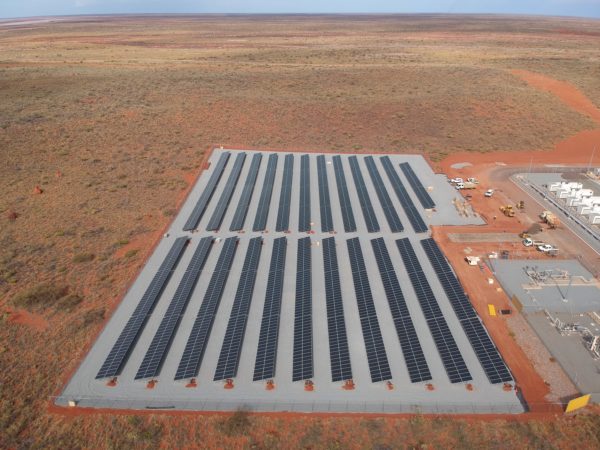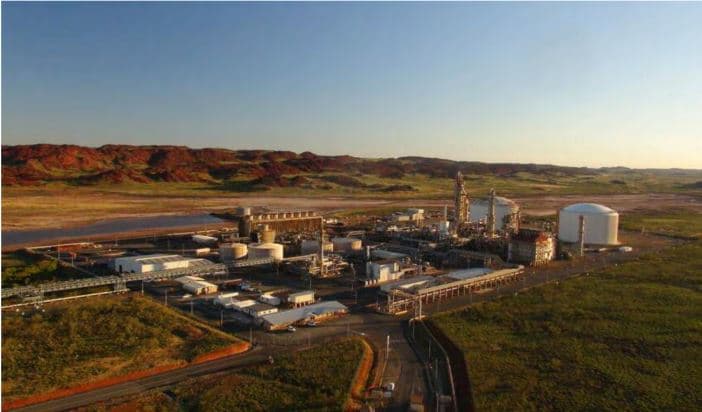Norwegian chemical company Yara confirmed on Thursday it will look to have its renewable hydrogen and green ammonia production and export facility in Western Australia’s Pilbara region certified under the Smart Energy Council’s (SEC) Zero Carbon Certification Scheme.
Launched in January, the certification initiative is designed to provide a guarantee of origin for hydrogen, ammonia and other renewable hydrogen-based fuels and materials as Australia seeks to establish itself as a global hydrogen export hub.
In the months since its launch, the certification scheme has emerged as a globally significant initiative, with the United States-based Ammonia Energy Association among those to have signed up as a founding partner while the German Energy Agency dena has linked as an adviser.
SEC chief executive John Grimes said the certification scheme is a critical part of establishing green ammonia as a viable energy source for decarbonising the global energy system.
“The Zero Carbon Certification Scheme is a certificate-of-origin scheme for renewable hydrogen, renewable ammonia and renewable metals. It’s an absolutely critical step in building the industries of the future,” he said.
Yara Clean Ammonia vice-president Sammy Van Den Broeck described the SEC and Hydrogen Australia-led certification initiative as a “groundbreaking project” and said it will be essential to creating a market for green ammonia.
“The initiative will provide guarantees to our customers in Asia, Australia or Europe that the quantities supplied have been produced according to set standards and will inform the customers about key attributes such as renewable origin and greenhouse gas footprint,” he said.
“Certified clean ammonia exports from our Pilbara asset will be a cornerstone in Yara’s global trading ammonia network, providing customers in shipping fuel, power, fertiliser and industrial solutions with a reliable and transparent product.”

Image: PXiSE Energy Solutions
Yara is one of the world’s largest fertiliser companies, with operations in more than 60 countries. It expects renewable ammonia will gradually replace conventional ammonia and nitrogen products which are primarily used in fertiliser and as chemical feedstock. Yara expects a premium market for renewable ammonia to be developed within the next decade. Moreover, ammonia can be used directly in combustion and indirectly as a hydrogen carrier, presenting enormous potential in transport and shipping.
The company’s Pilbara plant is one of the largest ammonia production facilities in the world, producing 850,000 tonnes a year of ammonia and supplying approximately 5% of the traded ammonia in the global market.
The plant currently relies completely on natural gas for its hydrogen supply but Yara has teamed with French renewables giant Engie to construct an 18 MWp solar PV farm at the Barrup Peninsula site which would provide renewable hydrogen to feed the plant.
Scheduled for completion in 2023, the first phase of the project will see the construction of the solar farm, a 10 MW electrolyser and a battery storage system that will allow the plant to operate without being connected to the main electrical grid.
This $70 million phase is expected to produce 625 tonnes of renewable hydrogen and 3,700 tons of ‘green’ ammonia per year.
It is envisaged this will serve as a demonstration project as part of Yara’s roadmap for climate neutrality by 2050.
The Australian Renewable Energy Agency (ARENA) recently provided a $42.5 million grant for the project while the WA Government has provided $2 million grant to assist with site selection, permitting and stakeholder engagement.
The Yara ammonia project will be the second project to be certified under the SEC’s Zero Carbon Certification Scheme, after ActewAGL’s renewable hydrogen refuelling station in Canberra.
The Yara project is one of a number of renewable energy developments being pursued in the Pilbara.
The State Government has approved the 26 GW Asian Renewable Energy Hub which, among other ventures, aims to produce green hydrogen for export to Asian markets, while oil and gas producer Woodside has also unveiled plans to build a 100 MW solar PV facility to help power its Pluto LNG export facility and the Proposed Perdaman Urea Project.
This content is protected by copyright and may not be reused. If you want to cooperate with us and would like to reuse some of our content, please contact: editors@pv-magazine.com.









3 comments
By submitting this form you agree to pv magazine using your data for the purposes of publishing your comment.
Your personal data will only be disclosed or otherwise transmitted to third parties for the purposes of spam filtering or if this is necessary for technical maintenance of the website. Any other transfer to third parties will not take place unless this is justified on the basis of applicable data protection regulations or if pv magazine is legally obliged to do so.
You may revoke this consent at any time with effect for the future, in which case your personal data will be deleted immediately. Otherwise, your data will be deleted if pv magazine has processed your request or the purpose of data storage is fulfilled.
Further information on data privacy can be found in our Data Protection Policy.